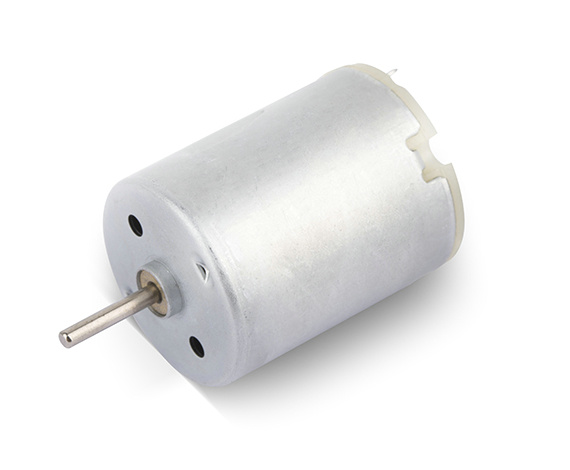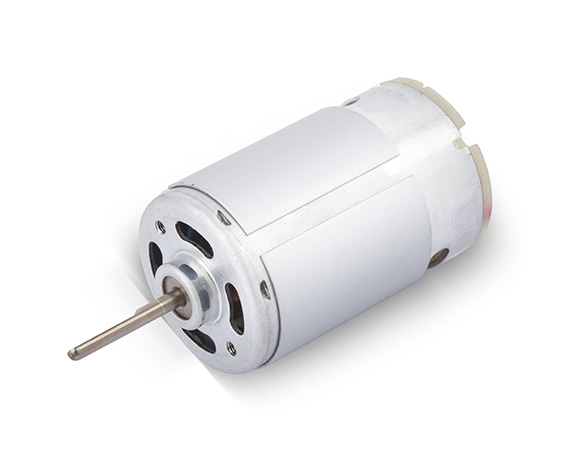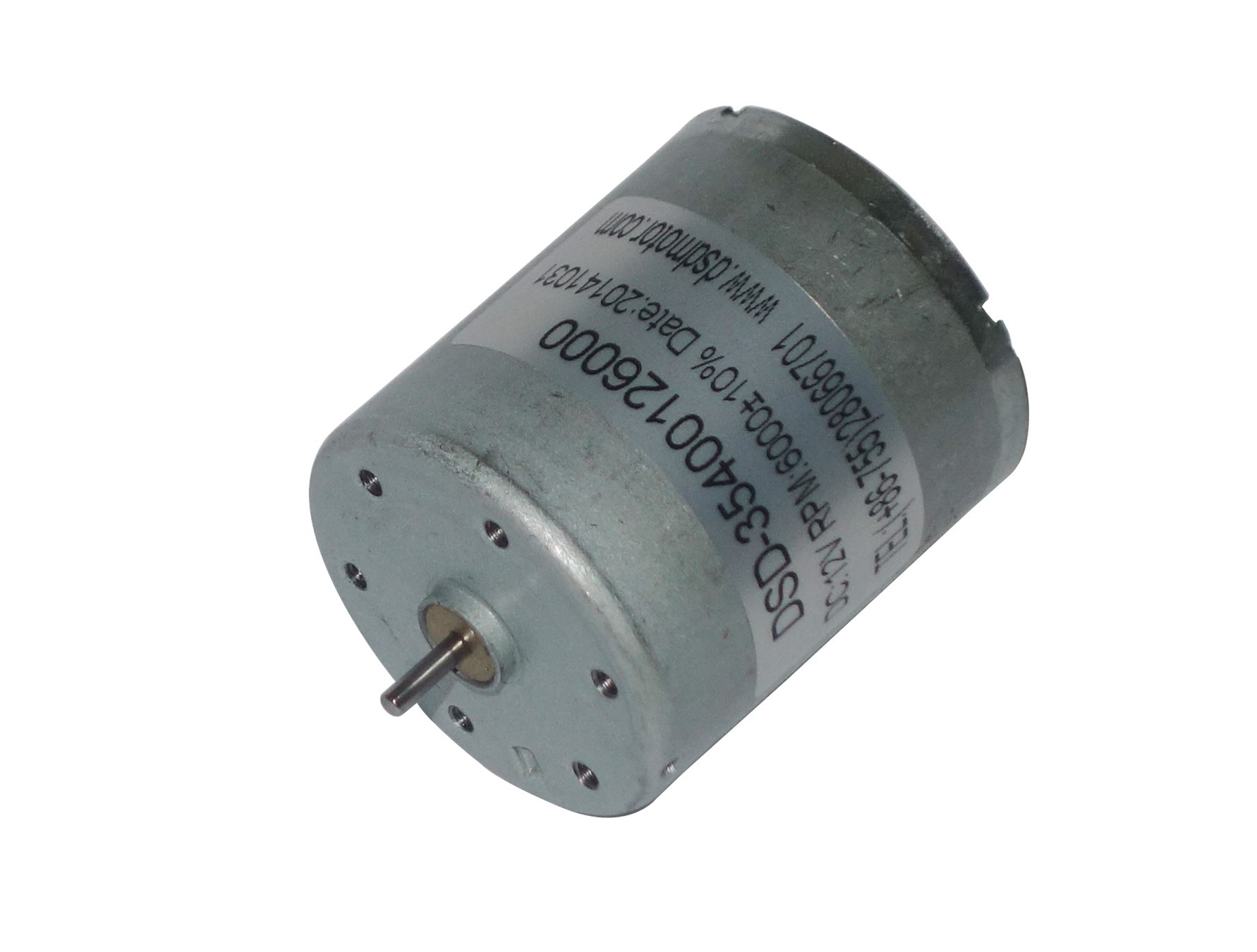Streaming media is also called streaming media. It means that a business uses a video delivery server to send programs as data packets and send them to the Internet. After the user decompresses these data through the decompression device, the program will be displayed as it was before sending it.
A series of related packages for this process is called "streaming." Streaming media actually refers to a new media delivery method, not a new media. After the full application of streaming media technology, people can chat directly through the Internet to input; if you want to see each other's looks, expressions, as long as each side has a camera on it; on the Internet to see the products of interest, click after, explainer Images of goods and products will jump out; more realistic image news will also appear.
Streaming media technology originated in the United States. Currently, streaming media applications in the United States are common. For example, Hewlett-Packard’s product launches and sales staff training are conducted using online video. (Southern Metropolis Daily)
The so-called streaming media refers to the media format that is played on the Internet by streaming.
The streaming mode is to divide the entire A/V and 3D multimedia files into compressed packages through a special compression method, which is transmitted continuously from the video server to the user's computer in real time. In a streaming system, the user does not have to wait until the entire file is downloaded as if it was downloaded. Instead, the user can use the decompression device on the user's computer after a delay of several seconds or tens of seconds. Hardware or software) Decompress compressed A/V, 3D and other multimedia files for playback and viewing. The remaining part of the multimedia file will continue to be downloaded in the background server.
Compared with the pure download method, this streaming method for downloading and playing multimedia files not only shortens the start-up delay significantly, but also greatly reduces the need for system cache capacity. (ChinaByte)
Attached: Streaming Media Technology Introduction I. Basics of Streaming Transmission Multimedia information such as audio/video transmission on the network currently has two solutions: downloading and streaming. A/V files are generally large, so the required storage capacity is also large; at the same time, due to the limitation of network bandwidth, downloading often takes several minutes or even several hours, so the processing method is also very delay. During streaming, time-based media such as sound, video, or animation are transmitted continuously and in real time from the audio and video server to the user's computer. The user does not have to wait until the entire file is completely downloaded, but only after a delay of a few seconds or ten seconds. Can watch it. When the time base media is played on the client, the remainder of the file will continue to download from within the server in the background. Streaming not only slows the start-up delay by a factor of ten, but also does not require too much buffer capacity. Streaming avoids the disadvantage of users having to wait for the entire file to be downloaded from the Internet to be viewed.
Streaming media refers to continuous time-based media that uses streaming technology in the Internet/Intranet, such as audio, video, or multimedia files. Streaming media does not download the entire file before playing, but only stores the initial content in memory. Streaming media streams are sent at any time, but there is some delay at the beginning. The key technology implemented in streaming media is streaming.
The definition of streaming is very broad, and now mainly refers to the technical term for transmitting media (such as video and audio) over a network. Its specific meaning is the transmission of television programs to PCs over the Internet. There are two ways to implement streaming: Realtime streaming and progressive streaming. In general, if the video is a real-time broadcast, or a streaming media server is used, or a real-time protocol such as RTSP is used, real-time streaming is used. If you use an HTTP server, the files are sent through a sequential stream. Using that kind of transfer method depends on your needs. Of course, streaming files also support full download to hard disk before playing.
Sequential streaming Sequential streaming is sequential downloading. At the same time as downloading a file, the user can watch the re-line media. At a given moment, the user can only watch the downloaded part and cannot jump to the front part of the download. Sequential streaming unlike real-time streaming is adjusted during the transmission based on the speed of the user's connection. Since a standard HTTP server can send this form of file and does not require other special protocols, it is often referred to as HTTP streaming. Sequential streaming is more suitable for high-quality short clips, such as titles, credits, and advertisements. Because the portion of the file that is viewed before playback is lossless, this method guarantees the final quality of the movie. This means that users must experience delays before watching, especially for slower connections. Sequential streaming is practical for publishing short clips over modems, allowing video clips to be created at a higher data rate than modems. Despite delays, it allows you to publish higher quality video clips. Sequential streaming files are placed on standard HTTP or FTP servers and are easy to manage, and are basically firewall-independent. Sequential streaming is not suitable for long clips and videos with random access requirements such as lectures, presentations, and presentations. It also does not support live broadcasts. Strictly speaking, it is a kind of on-demand technology.
Real-time streaming Real-time streaming refers to ensuring that the media signal bandwidth matches the network connection so that the media can be viewed in real time. Unlike live streaming and HTTP streaming, real-time streaming requires a dedicated streaming server and transport protocol. Real-time streaming is always delivered in real-time, especially for live events. Random access is also supported. Users can fast forward or rewind to view front or back content. Theoretically, real-time streaming does not stop once it is played, but in practice, periodic pauses may occur. Real-time streaming must match the connection bandwidth, which means poor picture quality when connected at modem speed. Moreover, the video quality is poor because the information lost in error is ignored, the network is congested or problems occur. To ensure video quality, sequential streaming may be better. Real-time streaming requires specific servers, such as QuickTime Streaming Server, RealServer, and Windows Media Server. These servers allow you to have more control over the delivery of media, so system setup and management are more complex than standard HTTP servers. Real-time streaming also requires special network protocols such as RTSP (Realtime Streaming Protocol) or MMS (Microsoft Media Server). These protocols sometimes have problems when there are firewalls, causing users to not see real-time content in some locations.
Second, the principle of streaming media Streaming the realization of the need to cache. Because the Internet performs intermittent asynchronous transmission based on packet transmission, a real-time A/V source or stored A/V file must be decomposed into many packets during transmission. Since the network is dynamically changed, each packet is selected. The routing may not be the same, so the time delay to reach the client will not be even, and even the first data packet may arrive. For this purpose, a cache system is used to compensate for the effects of delay and jitter, and the order of the packets is guaranteed to be correct, so that the media data can be output continuously without stopping the broadcast due to temporary network congestion. Usually the cache requires less capacity because the cache uses a circular linked list structure to store data: By discarding what has already been played, the stream can reuse the freed cache space to cache subsequent unplayed content. - --- The implementation of streaming requires a suitable transport protocol. Because TCP requires more overhead, it is less suitable for transmitting real-time data. In the streaming implementation, HTTP/TCP is generally used to transmit control information, while RTP/UDP is used to transmit real-time voice data. The process of streaming is generally as follows: After a user selects a streaming media service, HTTP/TCP exchanges control information between the web browser and the web server to retrieve the real-time data that needs to be transmitted from the original information; The onboard Web browser launches the A/VHelper program and uses HTTP to retrieve the relevant parameters from the Web server to initialize the Helper program. These parameters may include directory information, the encoding type of A/V data, or the server address associated with A/V retrieval.
The A/VHelper program and A/V server run the Real-Time Stream Control Protocol (RTSP) to exchange the control information required for A/V transmission. Similar to the functionality provided by CD players or VCRs, RTSP provides methods for manipulating commands such as play, fast forward, rewind, pause, and record. The A/V server uses the RTP/UDP protocol to transfer A/V data to the A/V client (usually considered to be a client program equivalent to the Helper program). Once the A/V data arrives at the client, the A/V client can play it. Output.
It should be noted that in streaming, using RTP/UDP and RTSP/TCP two different communication protocols to establish contact with the A/V server is to be able to redirect the output of the server to be different from running A/VHelper. The destination address of the client where the program is located. Streaming transmissions generally require dedicated servers and players. The basic principle is shown in Figure 3.1.
Third, intelligent flow technology (SureStream)
Today, the 28.8 Kbps modem is the basic rate of Internet connection. Cable modem, ADSL, DSS, and ISDN are developing rapidly. Content providers have to either limit the quality of media released or limit the number of people connected. According to the RealNetwork site statistics, for a 28.8Kbps modem, the actual traffic is 10bps to 26Kbps, with a bell-shaped distribution and a peak at 20Kbps. This means that if the content provider chooses a fixed rate of 20 Kbps, there will be a large number of users who do not get a good quality signal and may stop the media stream and cause the client to buffer again until enough data is received. One solution is for the server to reduce the data sent to the client and prevent re-buffering. In RealSystem 5.0, this method is called \"video stream thinning\\\". The limitation of this approach is that RealVideo files are designed for a data rate, and the results can be extended to lower rates by extracting internal frames, resulting in lower quality. The farther away from the original data rate, the worse the quality. Another solution is to create multiple files based on different connection rates. According to the user connection, the server sends corresponding files. This method brings difficulties in production and management. Moreover, the user connection is dynamically changed and the server cannot coordinate in real time. . Intelligent streaming technology overcomes bandwidth coordination and streamlining through two approaches. First, establish a coding framework that allows multiple streams of different rates to be encoded simultaneously and merged into the same file. Second, use a sophisticated client/server mechanism to detect bandwidth changes.
For the differences in software, device, and data transfer speeds, users browse audio and video content at different bandwidths. To meet customer requirements, Progressive Networks encodes and records media data at different rates and stores them in a single file. This file is called an intelligent stream file, which creates an extensible streaming file. When the client sends a request, it transmits its bandwidth capacity to the server. The media server transmits the corresponding part of the smart stream file to the user according to the bandwidth of the client. In this way, the user can see the best possible quality transmission, the production staff only needs to compress once, the administrator only needs to maintain a single file, and the media server automatically switches based on the resulting bandwidth. Intelligent flow sends high-quality media and guarantees reliability by describing the changing bandwidth characteristics of the Internet in the real world, and provides solutions to content authorization in hybrid connected environments. Streaming media is implemented as follows: * Create a file for all connection rate environments * Transfer media at different rates in a hybrid environment * Seamlessly switch to other rates according to network changes * Keyframe priority, audio ratio is more important than partial frame data * Backward Compatible with old RealPlayer
Smart Streaming is implemented in the RealSystem G2 by the so-called Adaptive Stream Management (ASM) API. ASM describes the type of streaming data, assists in intelligent decision making, and determines which types of data packets to send. The file format and broadcast plug-in define ASM rules. Assign the predefined attributes and average bandwidth to the packet group in the simplest form. For the advanced form, the ASM rule allows the plug-in to change the packet transmission based on changes in the network conditions. Each ASM rule may have a definite conditional demonstration format, such as a demo defined customer bandwidth of 5,000 to 15,000 Kbps and a packet loss of less than 2.5%. This condition describes the customer's current network connection and the customer subscribes to this rule. The attributes defined in the rules help RealServer send packets efficiently. If the network conditions change, the customer subscribes to a different rule.
As it is indicated in name of permanent magnet DC motor, the field poles of this motor are essentially made of permanent magnet. A PMDC motor mainly consists of two parts. A stator and an armature. Here the stator which is a steel cylinder. The magnets are mounted in the inner periphery of this cylinder. The permanent magnets are mounted in such a way that the N – pole and S – pole of each magnet are alternatively faced towards armature as shown in the figure below. That means, if N – pole of one magnet is faced towards armature then S – pole of very next magnet is faced towards armature.
In addition to holding the magnet on its inner periphery, the steel cylindrical stator also serves as low reluctance return path for the magnetic flux. Although field coil is not required in permanent magnet DC motor but still it is sometimes found that they are used along with permanent magnet. This is because if permanent magnets lose their strength, these lost magnetic strengths can be compensated by field excitation through these field coils. Generally, rare earth hard magnetic materials are used for these permanent magnet.
Except for Flat DC Motor , mostly dc motors are with round shape as following:


This kind of design is more elegant. Sometimes Brushed DC Motor need to work together with gearbox, in this situation, the round design are more suitable.
Common Round Dc Motor including 310 Round DC Motor, 370 round dc motor, 380 round dc motor, 385 round dc motor, 395 round dc motor, 520 round dc motor, 528 round dc motor and 3525,3530,3540 series round dc motor. Larger ones we have 545 round dc motor, 555 round dc motor and 775 round dc motor.
Also we have another type dc motor with round design, they are Brushless Dc Motor we will referred in another part.


Round DC Motor
Round Dc Motor,Electric Round Dc Motor,Mini Round Dc Motor,Customized Round Dc Motor
SHENZHEN DONGMING MOTOR CO., LTD. , http://www.dmdcmotor.com